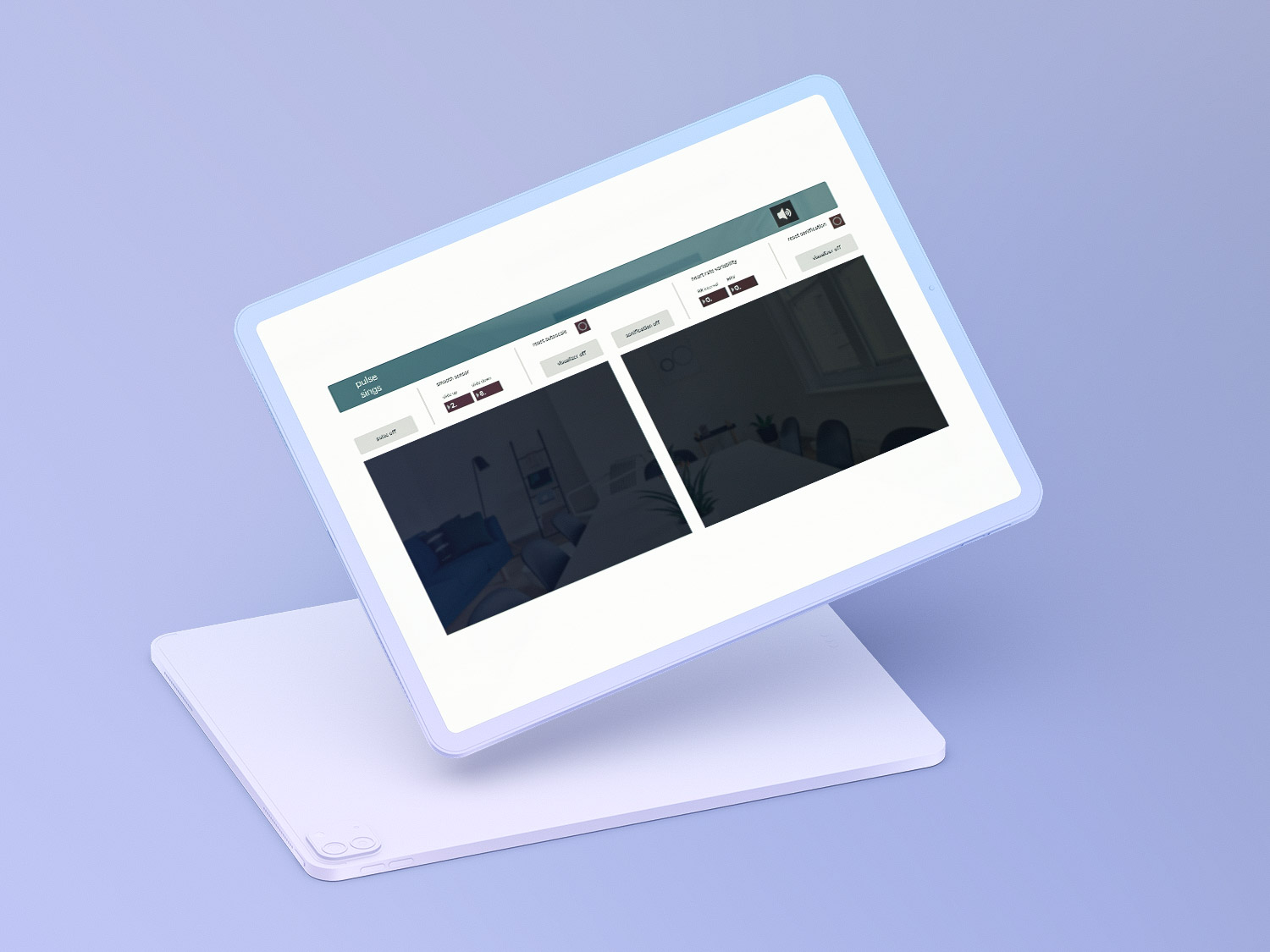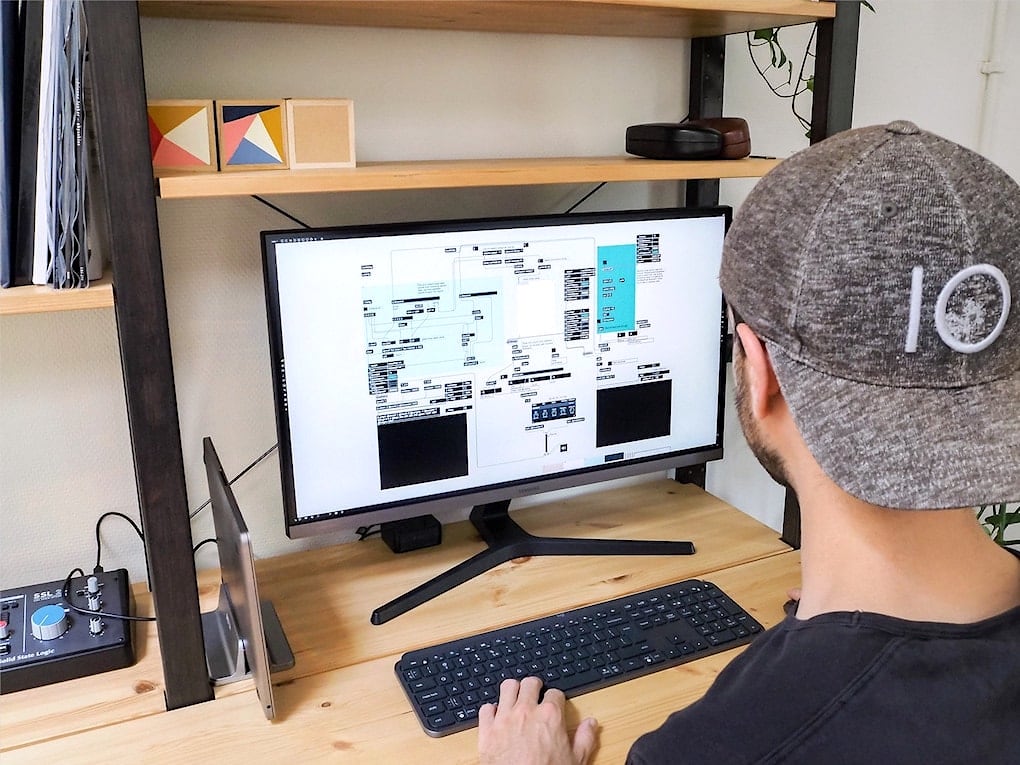I was inspired to start this personal project after reading The Sonification Handbook by Thomas Hermann which discusses practical implementations of using sound to convey information. Also, I had recently purchased some biofeedback devices for my Arduino including a pulse sensor that I was eager to experiment with. After a quick brainstorm session, I came up with an idea of how I might create sounds using a heart rate sensor as my input device.
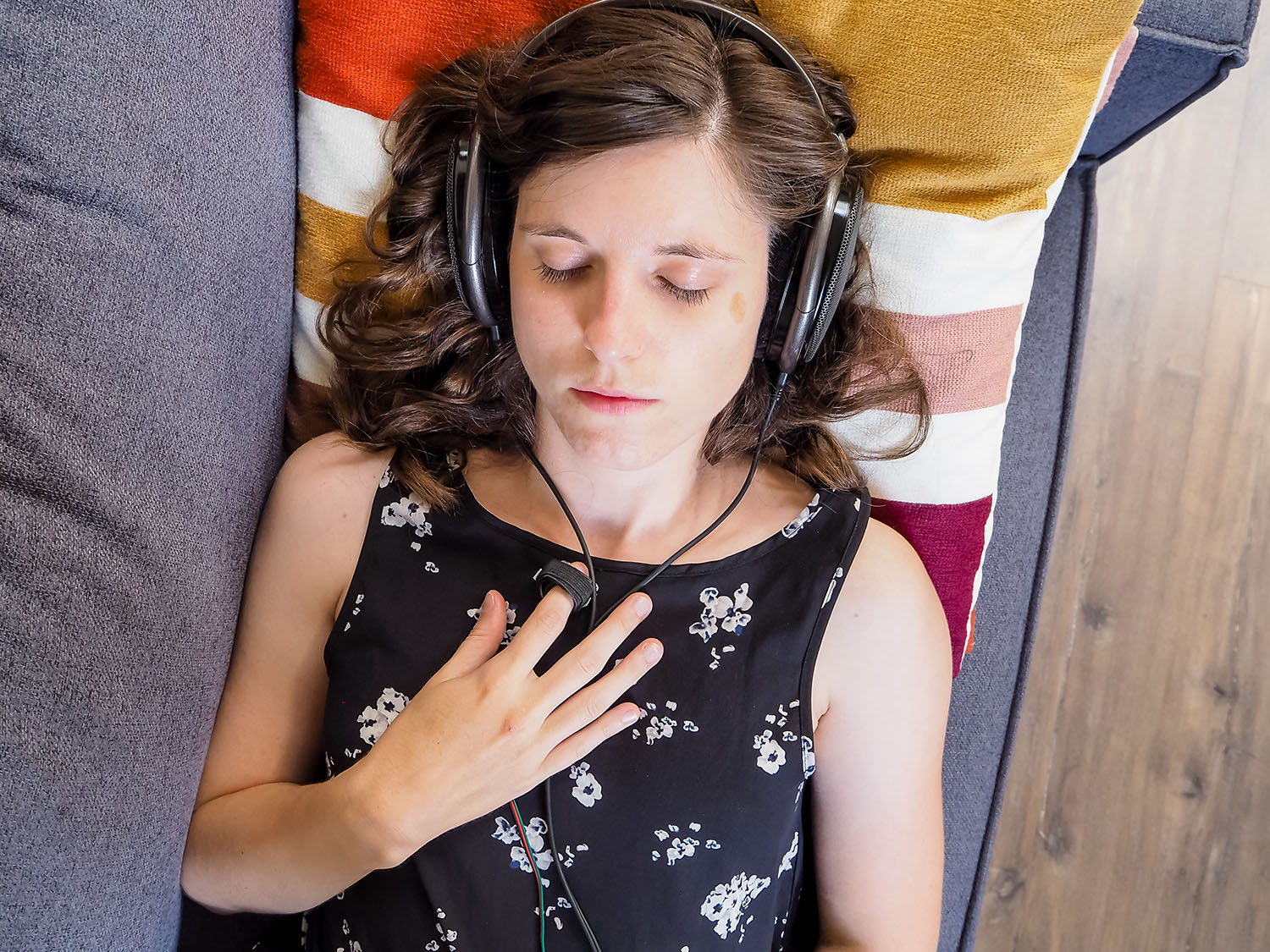
I began researching in Google Scholar and PubMed to find out which heart rate parameters are used as health indicators. The heart beat information which I decided to use is called "heart rate variability" (HRV). HRV is the variance in time between consecutive heart beats. Below are some of my research discoveries regarding HRV therapy:
- Typically, lower HRV indicates higher stress levels and higher HRV indicates physical and mental well-being.
- HRV monitoring is sometimes used to aid mindfulness meditation.
- HRV biofeedback training has been known to help regulate the stress of athletes during competitions.
- Some studies have explored using HRV training as a way to treat anxiety and depression.
HRV training typically make use of a Poincare plot. These plots graph the time intervals of your heart beat (RR intervals). The more spread out the points on the plot, the higher your HRV is.
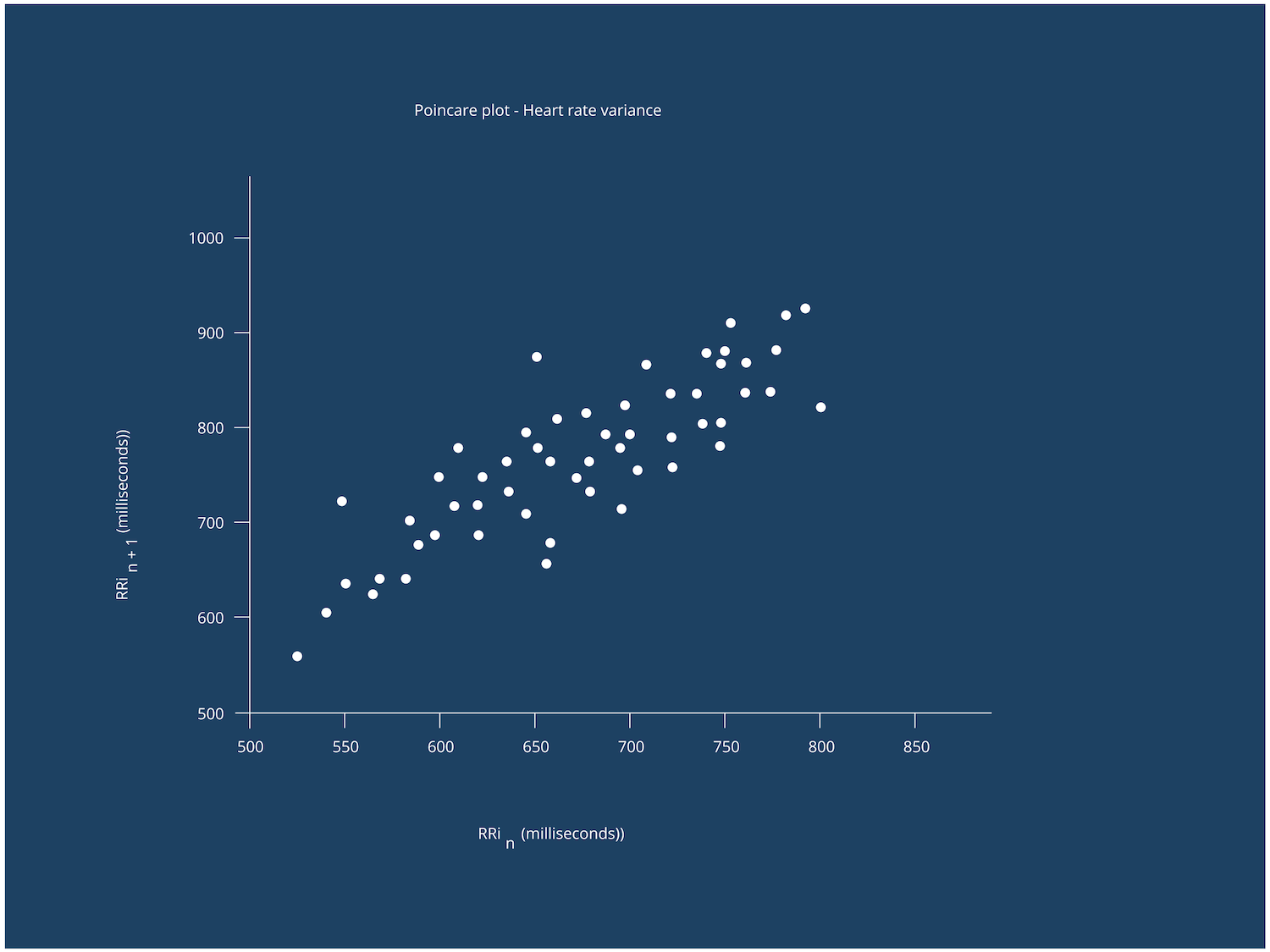
Unfortunately, Poincare plots are not conducive to close-eye meditation. Staring at a bright screen for five or more minutes during a biofeedback session may also lead to increased anxiety, defeating the purpose of the training altogether.
- How might I reliably convey heart rate variability information off-screen using sound?
- How well will users interpret sonifications of HRV information compared to Poincare plot information?
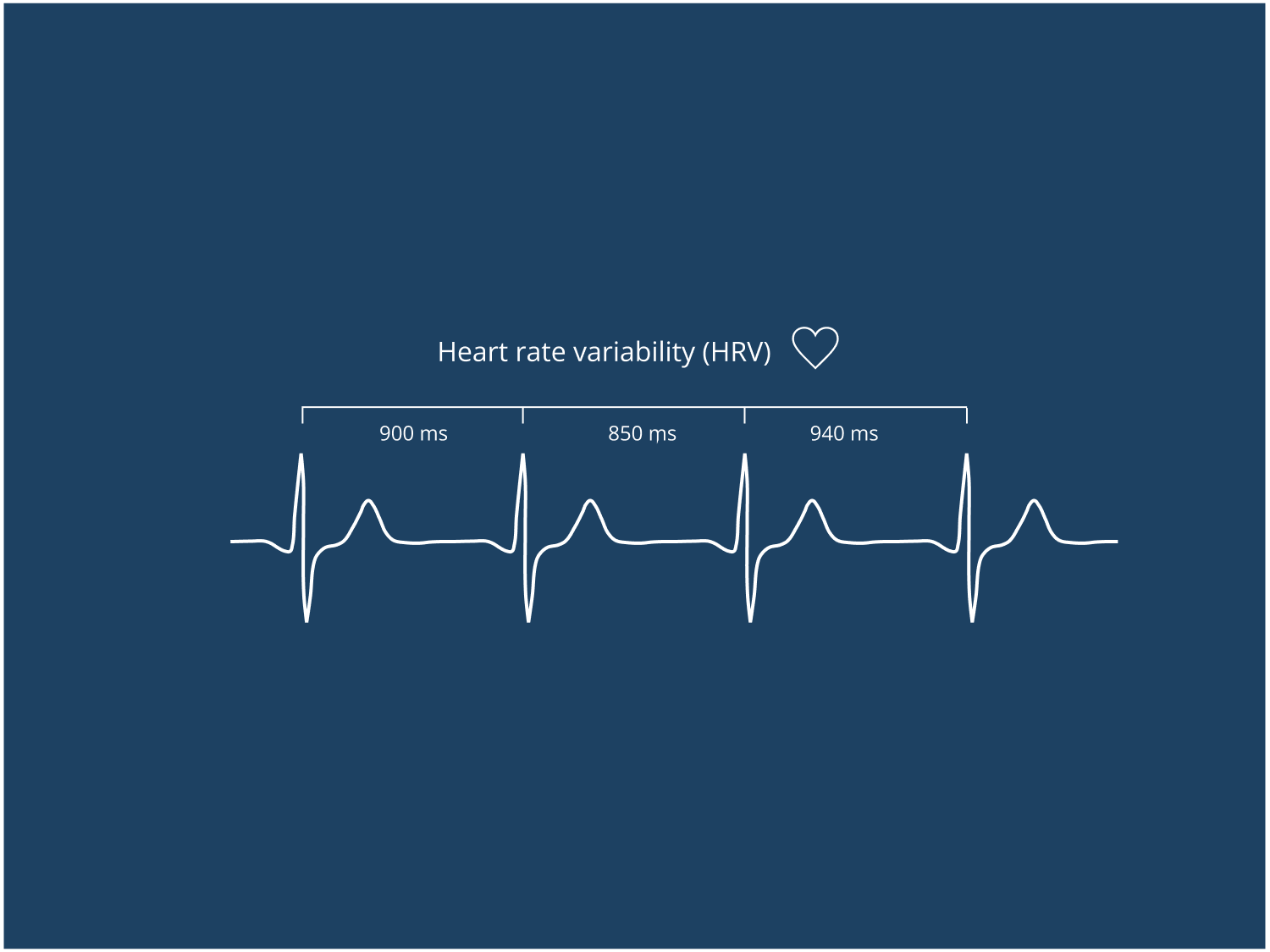
The biggest challenge during this project was choosing which sound parameters to represent HRV and ongoing changes in HRV. Trusting my gut instinct, I began experimenting with sounds in the software Max MSP while trying my best to strike a balance between pleasant sounds and sounds that were able to convey changing information.
I had a lot of fun testing the design with my eyes closed to see whether I could relax enough to influence the sounds. My partner also tested the design and is apparently much better at meditating than I am.
For the final prototype, I used a tremolo effect (modulating amplitude) to represent the distance in time between heart beats and changing pitch/timbre to signify whether overall HRV was moving up or down. I created an on-screen visualizer as this was necessary to best demonstrate the proof of concept.
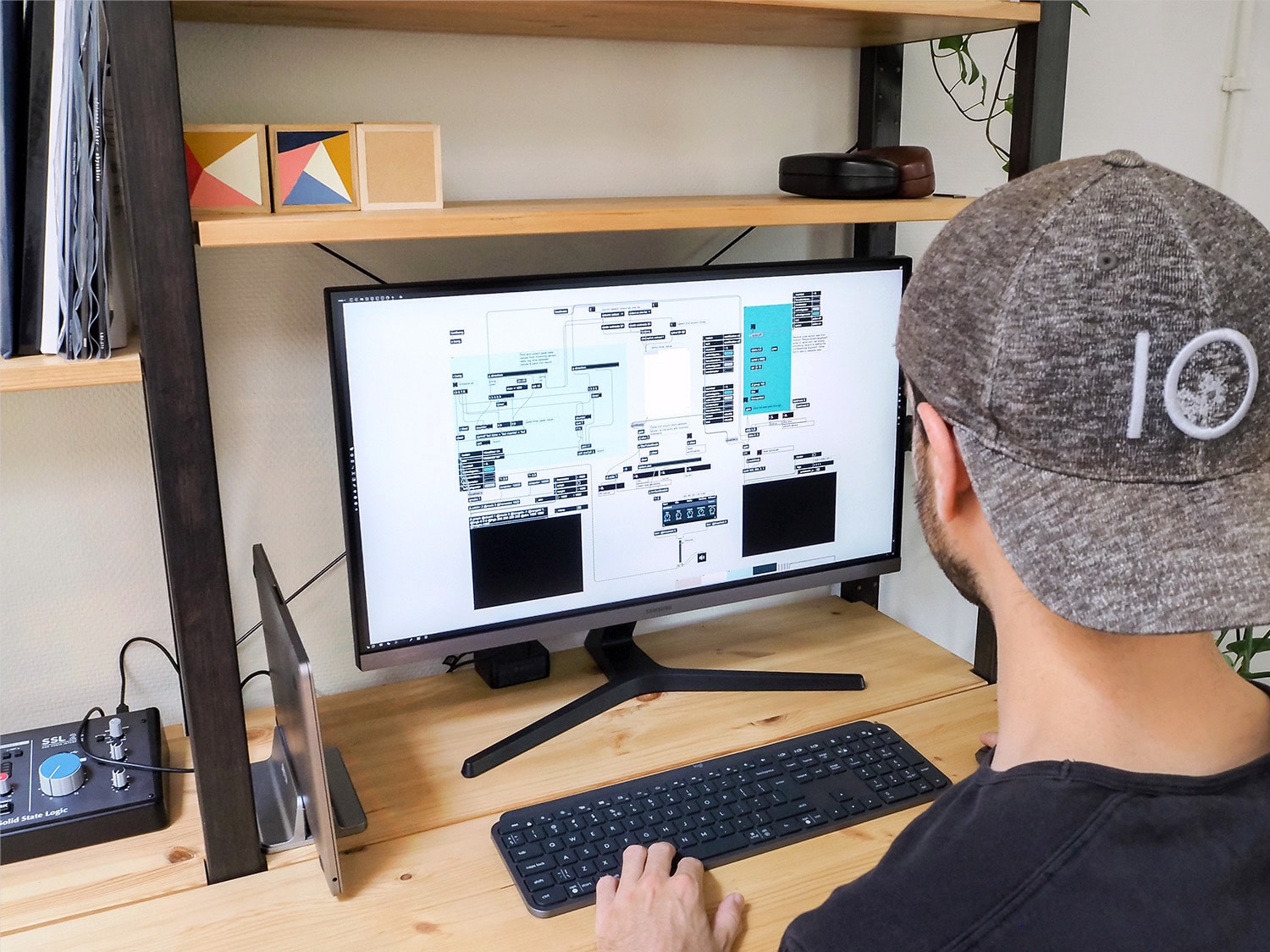
The Pulse Sings prototype has a lot of potential. My future goals for this design include:
- Implementing a wireless pulse sensor so that users may lie down while meditating
- Prototyping a mobile device version to allow for more freedom of movement
- Visualizing user progress over time
